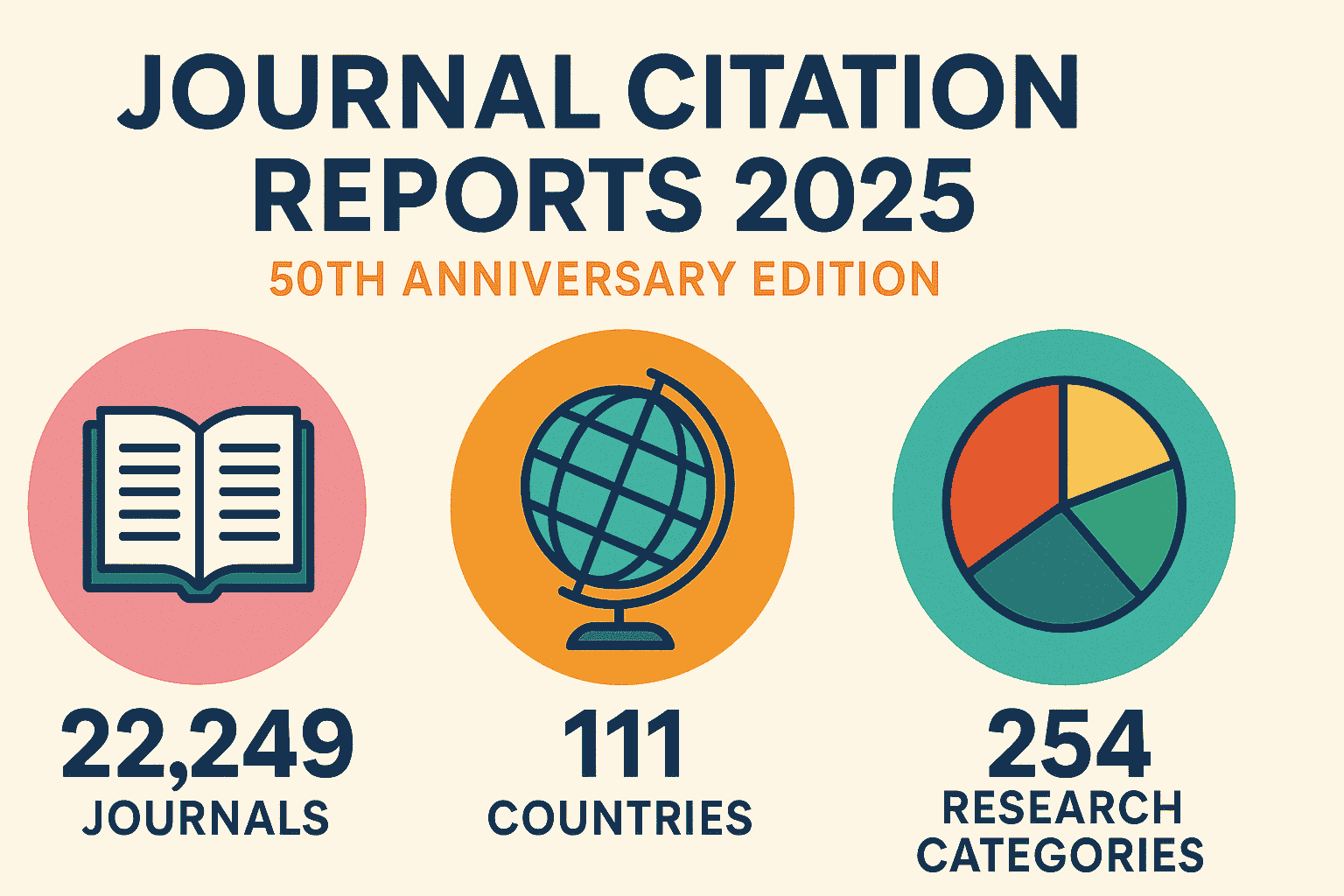Transwell Cell Migration and Invasion Assay
Transwell Cell Migration and Invasion Assay
Transwell cell migration and invasion assays are widely used methodologies in biomedical research to study cells’ migratory and invasive capabilities. These assays are particularly relevant in the study of cancer, as the ability of cancer cells to migrate and invade other tissues is a key aspect of metastasis.
In a classic Transwell assay, cells are seeded into the upper chamber of a Transwell insert, a small, typically plastic device with a porous membrane separating two compartments. This insert is then placed in a culture plate well, where the lower chamber is filled with a medium.For the migration assay, cells migrate through the pores towards a chemoattractant (usually in the medium of the lower chamber). After an incubation period, non-migrated cells in the upper chamber are scraped off, and the migrated cells on the bottom of the membrane are stained and counted under a microscope.
The invasion assay is similar to the migration assay but with an added component of an extracellular matrix-like Matrigel on the upper side of the membrane. This mimics the extracellular environment that cells would need to invade in the body. Cells must degrade and move through this matrix to reach the lower chamber, thus simulating the invasion process. The advantages of Transwell assays include their repeatability, simplicity, and relatively low cost. Moreover, they allow for studying cell behaviourin a controlled environment. But they also have limitations, such as a lack of a 3D context and mechanical stimuli that cells would encounter in vivo.
Invasion Protocol:
- Grow cells in DMEM supplemented with 10% FBS.
- Thaw ECM gel overnight at 4 °C and keep it on ice.
- Chill Millicell insert and plate to 4 °C; keep on ice.
- Dilute ECM gel in ice-cold, serum-free DMEM to a final concentration of 1mg/ml.
Note: ECM gel final concentration may vary, depending on the cell type studied.
- Add 40 μl ECM gel from step 4 into the upper compartment of the insert. Immediately incubate the plate, with insert and ECM gel inside, at 37 °C for 2 h. This allows the liquid ECM gel to solidify.
- Wash cells with 1x PBS and resuspend in serum-free DMEM. To the well of the plate (lower compartment), add 0.6ml DMEM supplemented with 10% FBS as an attractant.
- Position the insert into the well, with the bottom of the insert merged in the medium.
- Gently add 1.0-5.0×105 cells (no more than 0.2ml medium) from step 7 to the upper compartment of the insert. Incubate the plate at 37 °C for 16-48h.
- After the incubation period, take the insert out carefully. Fix the cells on the lower side of the insert membrane with 5% glutaraldehyde for 10 min, followed by staining with 1% crystal violet in 2% ethanol for an additional 20 min. Wash the insert in PBS for several seconds to remove excess dye,
- Cells and the gel in the upper compartment of the insert need to be gently removed by gently wiping the upper side of the membrane with a cotton swab.
- Dry the insert completely, and count the number of cells on the lower side of the filter under a microscope.
- Randomly choose different views and take average counting.
Migration Protocol
- Cells (5 × 104 -2 x105 cells per well) were seeded in the top chambers of the transwell plates in FBS-free media with membrane inserts without matrigel coated. To the well of the plate (lower compartment), add 0.6ml DMEM supplemented with 10% FBS as an attractant.
- Incubate the plate at 37 °C for 16-48h.
- The Cells that migrate to the lower surface of the membrane are fixed, stained with crystal violet and observed as the 9-12 steps in the invasion protocol mentioned.
Wound healing protocol
- Grow cells in DMEM supplemented with 10% FBS.
- Seed cells into a 6-well tissue culture plate at a density that after 24 h of growth. Do not change the medium.
- Gently and slowly scratch the monolayer with a new 1 ml pipette tip across the centre of the well. While scratching across the well’s surface, the tip’s long axial should always be perpendicular to the bottom of the well.
Note: The resulting gap distance therefore equals to the outer diameter of the end of the tip. The gap distance can be adjusted by using different types of tips. Scratch a straight line in one direction. Scratch another straight line perpendicular to the first line to create a cross in each well.
- After scratching, gently wash the well twice with PBS to remove the detached or dead cells. Replenish the well with fresh medium.
- Grow cells for an additional 48 h (or the time required if different cells are used). Set the same configurations of the microscope when taking pictures for different views. The gap distance or closure area can be quantitatively evaluated.








